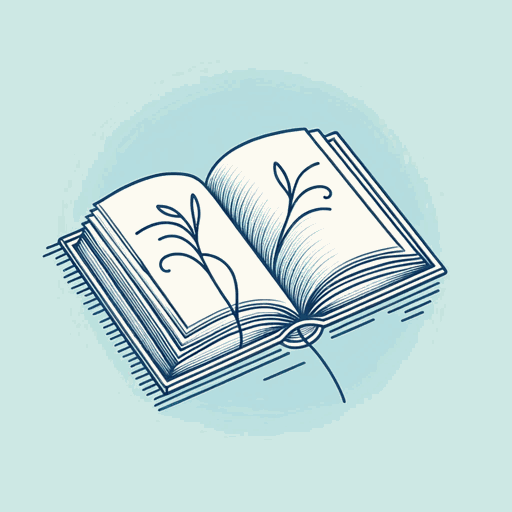35 pages • 1 hour read
Ken BainWhat the Best College Teachers Do
Nonfiction | Book | Adult | Published in 2004A modern alternative to SparkNotes and CliffsNotes, SuperSummary offers high-quality Study Guides with detailed chapter summaries and analysis of major themes, characters, and more.
Chapter 3Chapter Summaries & Analyses
Chapter 3 Summary: “How Do They Prepare to Teach?”
Many traditional college instructors focus on material to cover, centering themselves rather than students. According to this view, “teaching is something that instructors do to students, usually by delivering some truths about the discipline” (48)—which is problematic. Effective educators approach teaching “as a kind of scholarship” (49). Among Bain’s subjects, common approaches to course planning include backward design: They focus on questions, knowledge, and skills that students should use in and outside of the classroom—including, but not limited to, the existential. These instructors facilitate student reasoning, not rote learning. They consider questions like, “How can I encourage them to grapple collectively, to practice their reasoning abilities” (51)? They contemplate students’ mental models and how they might test them. Overall, they consider course content in conjunction with how it will help students foster reasoning—focusing on process rather than coverage.
Effective teachers recognize the shifting nature of knowledge: Bain’s subjects in both the humanities and science integrated problems into their courses through comparative analyses, debates, and the like—and allowed students to suggest their own questions. These subjects also surveyed student understanding throughout a formal or informal course timeline, and made changes mid-semester if necessary. They provided formal instruction on reading for their specific discipline, often creating collaborative activities to tackle challenging reading.


